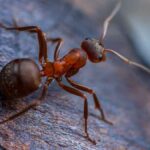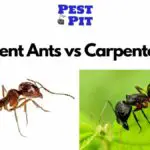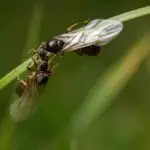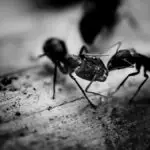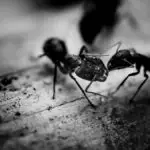Apart from the fact that ants don’t have ears (they hear by feeling vibrations in the ground), do you know that some ants are known to enslave other ant species?
Well, now you do.
There’s more to ants than meets the eye. I mean, they’re such captivating creatures. And the number of ant species all over the world is about 14,000.
Out of all these, just about eight are common species and invading pests, including sugar ants and carpenter ants. Given their similarities, differentiating between carpenter and sugar ants may be tricky.
However, if you know what to look for, you’d be able to distinguish carpenter ants from sugar ants easily.
Do you want to know more about sugar ants and carpenter ants – their similarities, differences, and how to get them out of your house? You’re in the right place, then.
Let’s delve in.
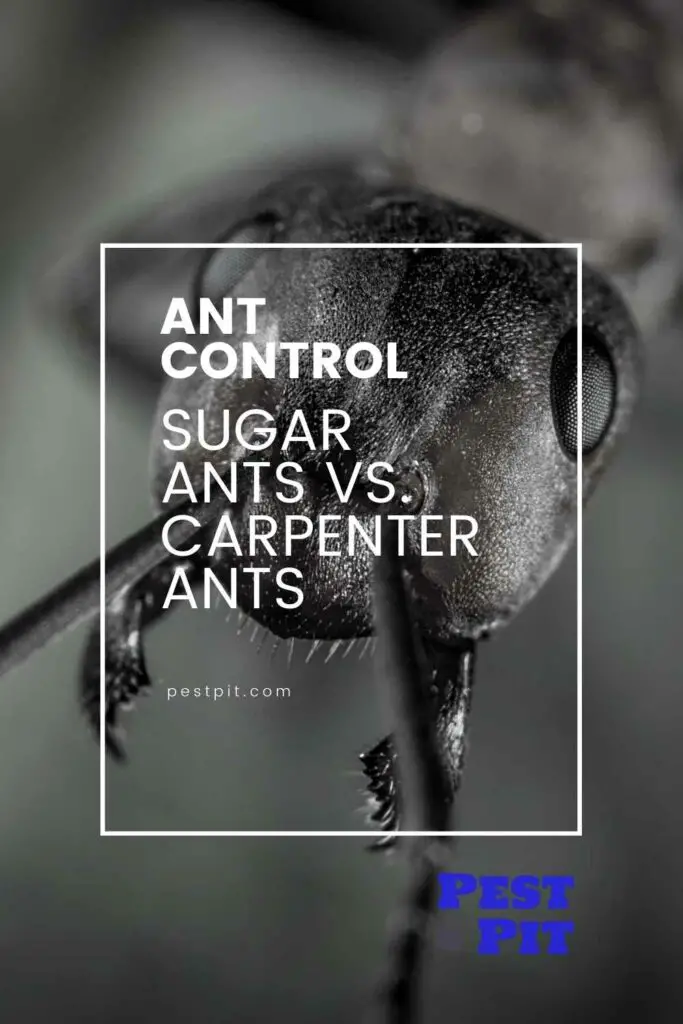
Sugar ants; a general description
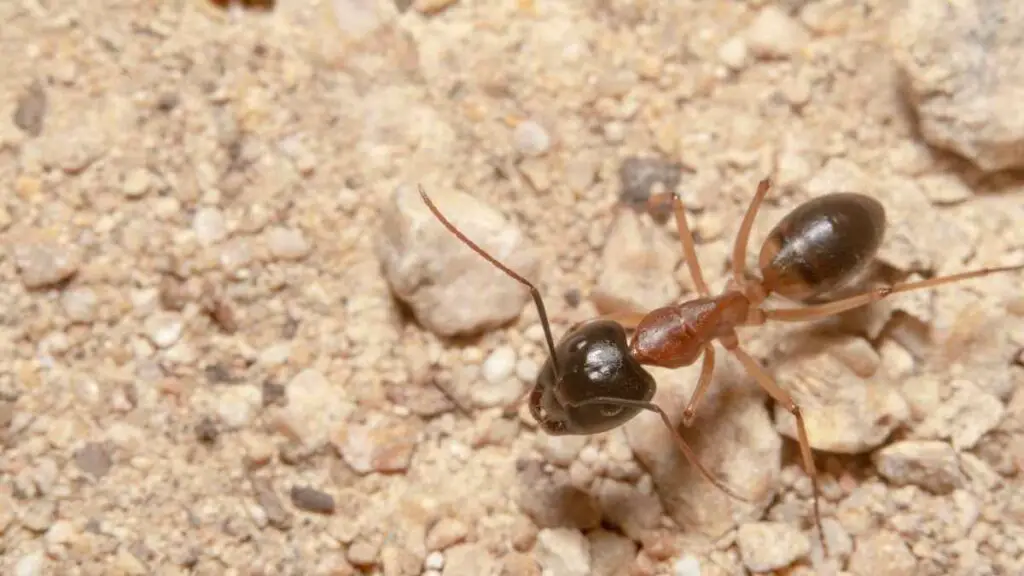
As their names suggest, sugar ants (Camponotus consobrinus) love sweet, sugary things. So, if you ever find ants in your sugar or sweets, they are most likely sugar ants.
Wilhelm Ferdinand Erichson, a German entomologist, discovered this ant species in 1842. Sugar ants have a distinctive appearance, with their orange and brown band encircling their gasters.
Besides sugar, other foods on the sugar ant’s menu include candy, cake, fruit, honeydew, soft beverages, nectar, and honeydew.
The term’ sugar ant’ usually refers to the banded sugar ant but not exclusively. In a broader sense, ‘sugar ants’ is used to describe any sweet-seeking ant (including the carpenter ant and odorous house ant). Yet, in this article, ‘sugar ant’ refers to the banded sugar ant.
Carpenter ants; a general description
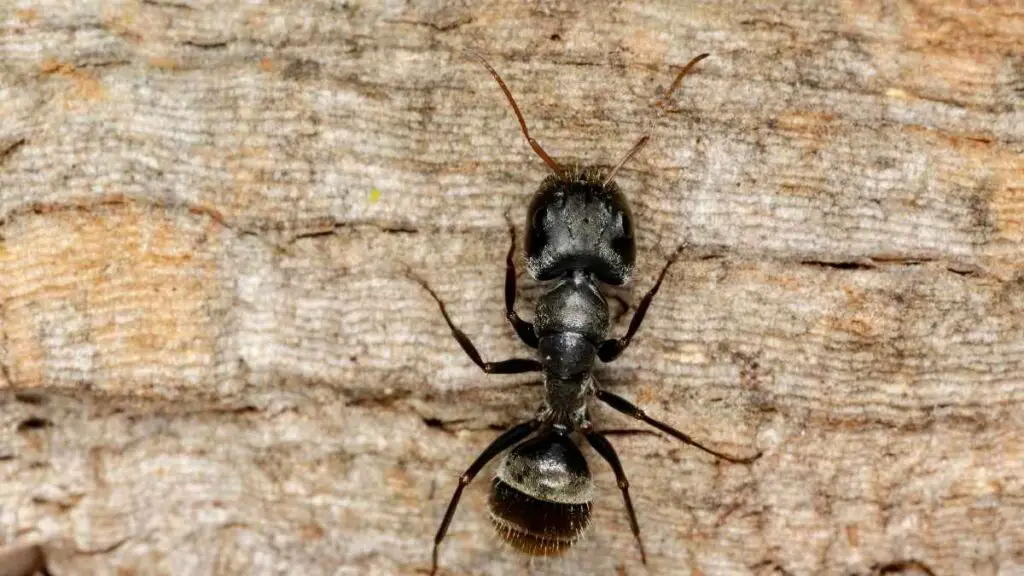
Contrary to what their name suggests, carpenter ants (Camponotus) do not eat wood, but they are particularly destructive pests. And they are pretty common in houses.
Carpenter ants excavate wooden materials to make their galleries, ruining several wooden properties in the process. You must have come across a carpenter ant from a hole made of wood (where they raise their young ones).
With over 200 carpenter ant species, and every species having a different appearance (based on the region where they are found), it is difficult to identify carpenter ants without confusion.
Also, it is easy to confuse carpenter ants with termites because they make their nests out of wood. Nonetheless, they have some features that make them different from other ant species.
Telling the difference between sugar and carpenter ants
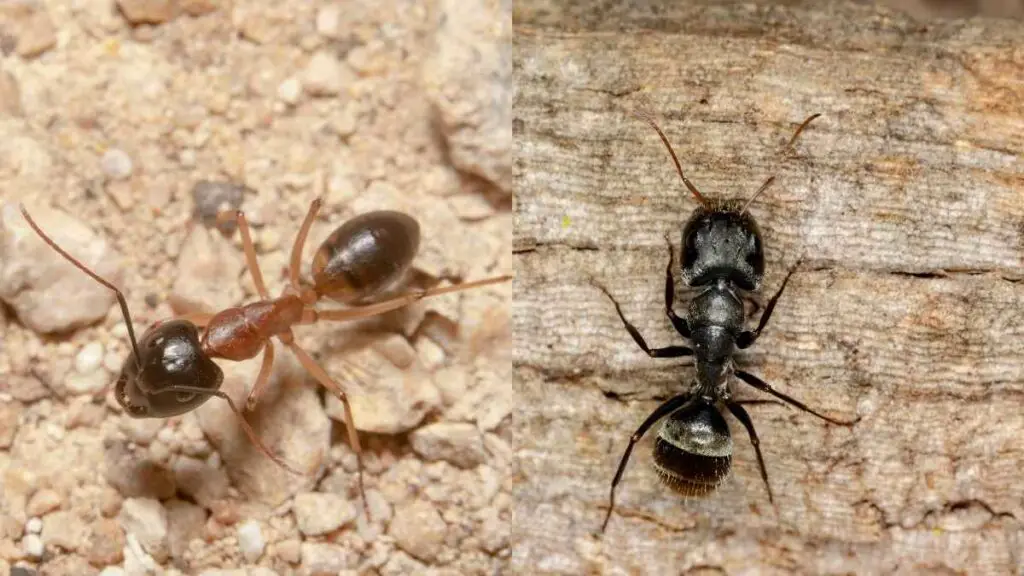
Now, to answer your question, “How do you differentiate between carpenter and sugar ants?” The differences will be discussed under the following features:
Appearance
When discussing appearance, there are some physical attributes to compare. Some of which include: color, size, and so on.
Color
Most carpenter ants look very much like the dry-wood termite. Their appearance varies from carpenter species to species. They can be black, red, yellow, dark brown, or red and black.
Similarly, the color of sugar ants varies from yellowish-brown to black. However, the variation in sugar ants’ color is sometimes due to environmental factors. Also, while the queen and male sugar ants have wings, only the carpenter ant swarmers have wings.
Size
The carpenter ant (7mm – 25mm) is much bigger than the sugar ants (2.5 mm – 18 mm).
Moreover, sugar ants possess tiny waists, while the carpenter ants’ waist is quite visible.
Odor
Sugar ants emit a strong chemical odor from their anal glands when smashed. Similarly, carpenter ants release formic acid, which smells like vinegar.
Habitat
Carpenter ants build their tunnels (galleries) out of wood. They make their nests by chewing out or excavating dead, damp wood. Sugar ants, however, dwell in wood holes, rocks, solid, tree twigs, etc.
Do they carry disease?
Typically, carpenter ants do not carry diseases. But sugar ants transmit germs like salmonella, streptococcus, staphylococcus, and clostridium.
What do they eat?
Besides sugary food, sugar ants feed on protein foods to enhance their development. Carpenter ants’ menu, on the other hand, consists of Arthropod insects: budworm larvae, live and dead insects, fruit juice, honey, etc.
Stings or bite
Sugar ants do not bite or sting, but carpenter ants will bite humans to defend their nests. While painful, the carpenter ant’s bite is harmless to humans. Skin irritation is typical after a bite from carpenter ants.
Are they destructive?
Except for possible contamination of your food items, sugar ants are not destructive; hence, they are not harmful to humans.
Contrarily, carpenter ants are a pain in the bum. They can compromise the structural integrity of your house by excavating and making galleries in beams, wooden walls, furniture, and so on.
6 sure-fire methods to get rid of ants from your house
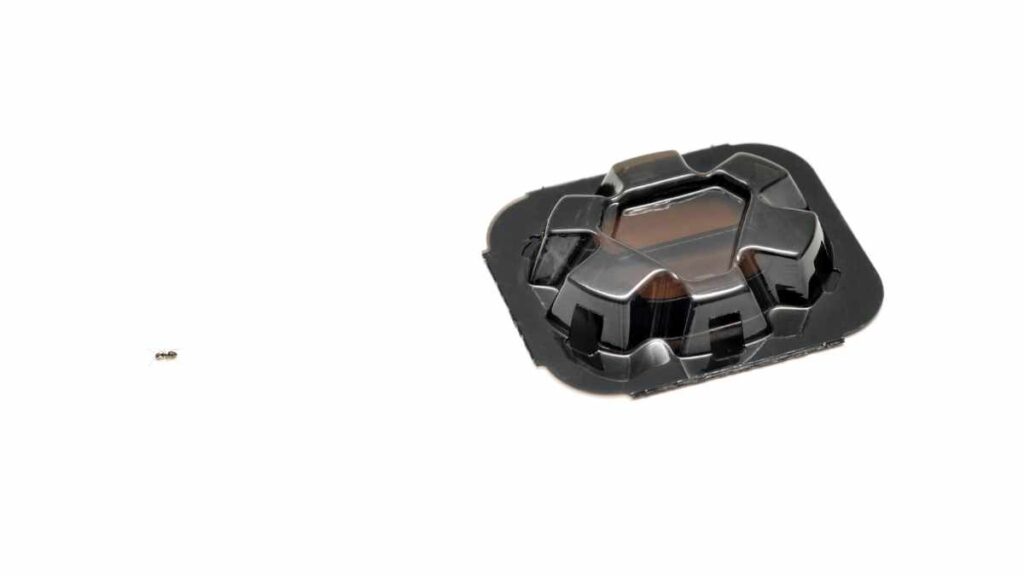
An ant infestation can be frustrating and annoying, whether the relatively harmless sugar ant or the destructive carpenter ant colony. Even the sight of those pests in their numbers irritates many homeowners.
So, if you want to get rid of ants in your house, you can use any of the following methods:
Ant sprays
Ant sprays can be used indoors and outdoors. Just ensure you’re using a non-repellant ant spray. You want to kill the ants, not deter them. Your targets should be cracks, crevices, doors, and window frames.
When using ant sprays indoors, spray directly on the target points. And when outdoors, your targets should be potential ant entry points, i.e., anywhere ants can enter your house. You can also spray on foundation walls, too.
Diatomaceous earth
To use diatomaceous earth, you only need to sprinkle it where you see ants often. It does not stop there. You should also sprinkle it on potential ant hiding spots or nests.
If you find any ant hill in your yard, dust it with diatomaceous earth. You should endeavor to keep the powder dry for maximum effectiveness.
Boiling water
This is particularly used in outdoor cases. If you find ant mounds or hills in your yard, you can boil water in a kettle and carefully pour it over the ant hill. Be careful, though!
However, ensure you wear protective clothing if dealing with aggressive ant species (e.g., fire ants).
Boric acid
Before using boric acid, you should know that it can be poisonous to humans, read here for more info.
One of the best ways to use boric acid to kill ants is to use it as bait. You mix it with food items that attract ants. The ants ingest the bait, and it affects their metabolism.
It is effective when dealing with pharaoh ants, Argentine ants, and odorous house ants, however, boric acid is not as effective in dealing with fire and harvester ants.
Boric acid kills ants by dehydrating them. This process is, however, slow. You should consider other options for faster results.
White vinegar
White vinegar is one of the most effective ways to handle an ant infestation. First, you can make a spray from white vinegar and water. Then, you can use the spray directly, following the same process as with ant sprays.
Alternatively, you can mix white vinegar with boiling water and pour it on ants’ nests to kill them.
Contact an exterminator
Call a professional pest control company if you find it difficult to locate ants’ nests. They will help you locate the ants’ nests and kill them all.
Whether you do it yourself or get an exterminator, only one thing is important: getting the ants out of your house!
Finally, preventive measures against ant infestations
What is better than killing all the ants in your house? Keeping them out of your house!
If you don’t take measures to prevent them from coming into your home, you’d see them in their hundreds (thousands, even) again. Here are some tips to make your house less appealing to ants.
- Use natural ant repellents to ward ants away from your environment.
- Keep ant attractions out of reach (store your food properly in airtight containers).
- Keep the kitchen clean always.
If you follow the steps in this article and use the preventive measure, you can make your home ant-free.
Good luck!

